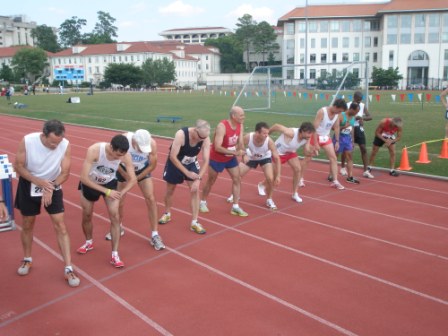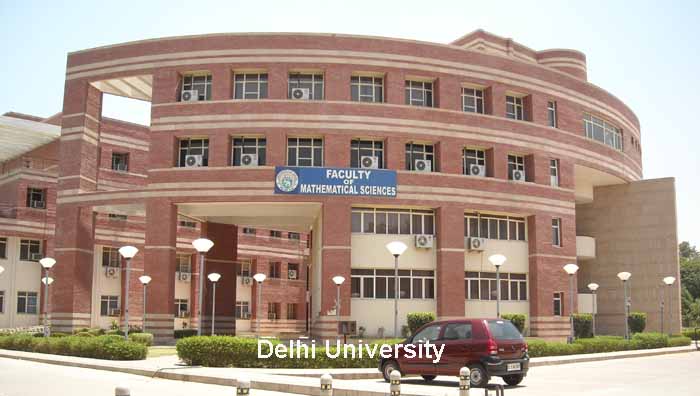IIT campuses may have more girls from the coming academic year, as the IIT council has decided to select the candidates only from the top 20 percentile in the boards. According to the new selection norms, the candidates will not just have to clear the JEE mains and the advanced exams, they should also be from the top slice of each board.
Since girls constitute a majority of the board toppers, IIT faculty members expect more of them to enter the portals of the premier technical institution. They also believe the new students would mingle better as the new mix would come also from outside the regimented coaching schools which till now have been sending a majority of students who are made to study and do little else.
"We see that a lot of the toppers in the board exams are girls. Right now the composition of girls on our campus is 14%. With this move, we expect the percentage to go up at least to 25%," said R Nagarajan, professor of chemical engineering, IIT Madras. In board exams throughout the country, girls generally have been outperforming the boys. In Tamil Nadu this year, the topper of 12th exams was a girl. The pass percentage of girls in the state stood at around 89%, higher than the 82% pass percentage for boys.
The JEE exam has been usually associated with solving the problem in varied and quicker ways, using ideas gained from multiple topics. The Class 12 board exams, in contrast, have a much more structured approach to answering questions. The inclusion of board marks as a criterion therefore may enable students with different skill sets to clear the exam than the ones currently seen on IIT campuses.
"This will ensure that the students are more sincere and that we will get students with better quality. We expect an attitudinal change among students, because they would have been going to school and taking the Class 12 exams seriously," said professor Sarit Kumar Das of mechanical department, IIT Madras. Though the decision is not yet out, most faculty members agree on the idea of including subjective questions in the exam. This is what they feel will be an effective filtering strategy which will make all the current changes meaningful. "This will mean that more students will be able to analyse a problem, rather than just eliminate the wrong answers, which is what they have been doing when students go to coaching centres to crack the IIT-JEE," professor Das added.
The new emphasis on Class 12 marks is also supposed to make students and classes take notice of other subjects. Of the two other subjects taken into consideration, English is compulsory and the students are free to choose subjects like physical education or computer science to ease the burden, as it is not difficult to score high marks in these subjects. With emphasis on the total score, experts expect students to also undergo coaching for English.
Since girls constitute a majority of the board toppers, IIT faculty members expect more of them to enter the portals of the premier technical institution. They also believe the new students would mingle better as the new mix would come also from outside the regimented coaching schools which till now have been sending a majority of students who are made to study and do little else.
"We see that a lot of the toppers in the board exams are girls. Right now the composition of girls on our campus is 14%. With this move, we expect the percentage to go up at least to 25%," said R Nagarajan, professor of chemical engineering, IIT Madras. In board exams throughout the country, girls generally have been outperforming the boys. In Tamil Nadu this year, the topper of 12th exams was a girl. The pass percentage of girls in the state stood at around 89%, higher than the 82% pass percentage for boys.
The JEE exam has been usually associated with solving the problem in varied and quicker ways, using ideas gained from multiple topics. The Class 12 board exams, in contrast, have a much more structured approach to answering questions. The inclusion of board marks as a criterion therefore may enable students with different skill sets to clear the exam than the ones currently seen on IIT campuses.
"This will ensure that the students are more sincere and that we will get students with better quality. We expect an attitudinal change among students, because they would have been going to school and taking the Class 12 exams seriously," said professor Sarit Kumar Das of mechanical department, IIT Madras. Though the decision is not yet out, most faculty members agree on the idea of including subjective questions in the exam. This is what they feel will be an effective filtering strategy which will make all the current changes meaningful. "This will mean that more students will be able to analyse a problem, rather than just eliminate the wrong answers, which is what they have been doing when students go to coaching centres to crack the IIT-JEE," professor Das added.
The new emphasis on Class 12 marks is also supposed to make students and classes take notice of other subjects. Of the two other subjects taken into consideration, English is compulsory and the students are free to choose subjects like physical education or computer science to ease the burden, as it is not difficult to score high marks in these subjects. With emphasis on the total score, experts expect students to also undergo coaching for English.

































